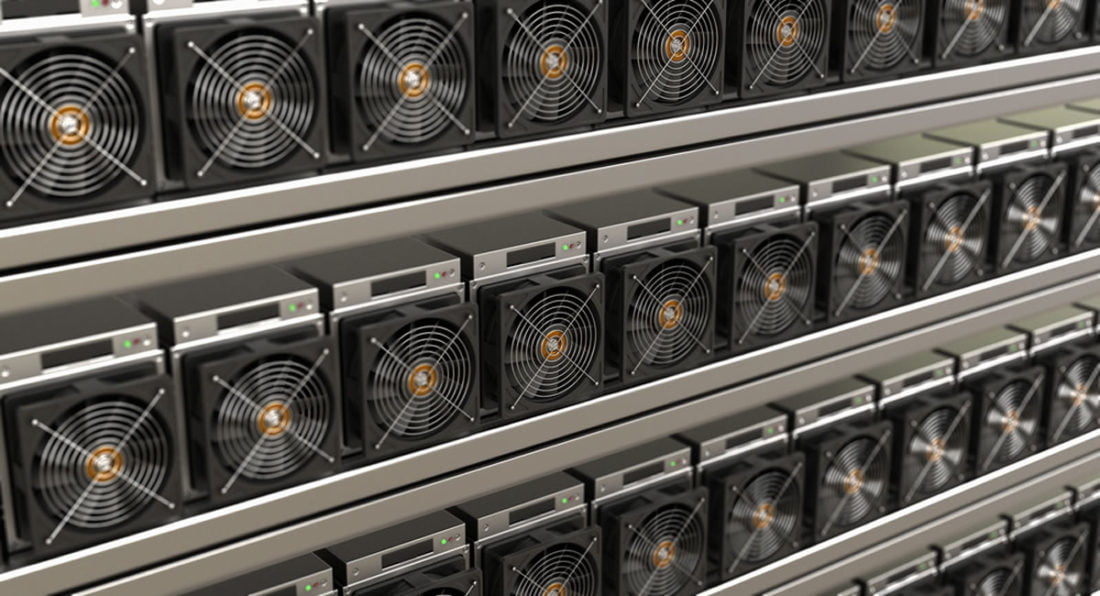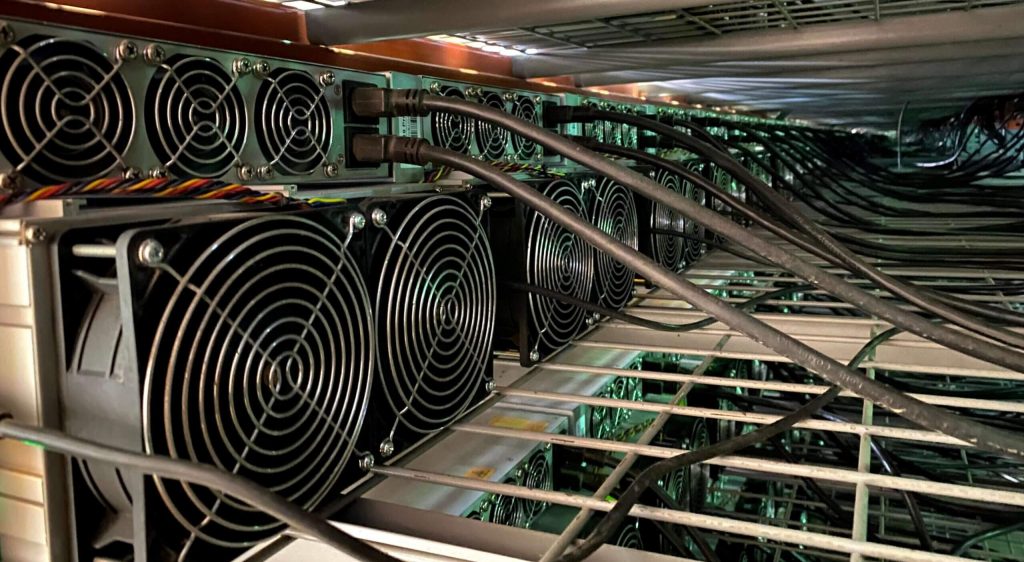
James Carter
Step-by-Step Guide: How to Build ASIC Miner From Scratch

ASIC (Application-Specific Integrated Circuit) miners are specialized computer systems designed specifically for the purpose of mining cryptocurrencies. They are much more efficient compared to general-purpose computers, as they have been built with the sole purpose of performing the mathematical calculations required for mining. This makes them the preferred choice for professional miners who are looking for the highest level of profitability.
In this post, we will discuss the process of building an ASIC miner from scratch. We will cover the hardware and software requirements, as well as the assembly process and tips for optimization. After reading this guide, you should have a good understanding of what it takes to build an ASIC miner, and you will be well on your way to making a profit through cryptocurrency mining.
How to Build ASIC Miner From Scratch
- Hardware Requirements
ASIC miners are essentially specialized computers, so they require all of the same components as a general-purpose computer, with a few added components. Here is a list of the hardware requirements for building an ASIC miner:
ASIC Chip: The ASIC chip is the heart of the miner and the most important component. It performs the mathematical calculations required for mining, and the efficiency of the ASIC chip will directly impact the profitability of the miner. There are many different ASIC chips available on the market, and it is vital to choose one that is efficient and reliable.
Power Supply Unit (PSU): The ASIC miner requires a high-quality power supply unit that can provide stable power to all of the components. The power consumption of the ASIC miner will depend on the efficiency of the ASIC chip, as well as the number of chips used in the miner.
Motherboard: The motherboard is responsible for connecting all of the components of the miner together. The motherboard must be compatible with the ASIC chip, and it must have enough slots for the number of ASIC chips that will be used.
Mining Rig Frame: The mining rig frame is used to securely mount the components of the miner. The frame must be sturdy, and it must provide proper ventilation for the components.
Cooling System: The ASIC chips generate a lot of heat while they are mining, and it is important to keep the components cool to prevent damage. A cooling system, such as fans or liquid cooling, must be used to keep the temperature within acceptable levels.
Other Miscellaneous Components: There are a few other components that are needed to build an ASIC miner, such as SATA cables, USB cables, power cables, and screws. It is important to have all of these components before starting the assembly process.
- Software Configuration
In addition to the hardware components, an ASIC miner requires software to be configured properly. Here is a list of the software requirements for building an ASIC miner:
Operating System Installation: The ASIC miner requires an operating system to be installed. A popular choice for an operating system is Linux, as it is open-source and free to use.
Mining Software Setup: The mining software is responsible for communicating with the ASIC chip and the mining pool. There are many different mining software options available, and it is important to choose one that is compatible with the ASIC chip and the operating system.
Pool Configuration: A mining pool is a group of miners that collaborate in mining a block, at which point the block’s reward is distributed equally among all of the pool’s participants. In the cryptocurrency mining program, the pool setup needs to be set up correctly, and the software also needs to be configured to communicate with the mining pool.
Overclocking and Tuning: Overclocking is the process of increasing the speed of the ASIC chip beyond its rated specifications. This can result in improved performance, but it also increases the risk of damage to the chip. It is vital to understand the risks associated with overclocking and tuning the ASIC miner for the best balance between performance and stability.
Monitoring and management software: The ASIC miner requires monitoring and management software to keep track of its performance and status. This software can also be used to remotely manage the miner, which is useful if it is located in a remote location.
Assembly
Once you have all of the hardware and software components, you are ready to begin the assembly process. Here is a step-by-step guide to assembling an ASIC miner:
Preparing the Components: Before beginning the assembly process, it is important to lay out all of the components and ensure that you have everything that you need.
Installing the ASIC Chip: The ASIC chip is installed on the motherboard, and it must be properly secured in place to prevent damage.
Connecting the Power Supply: The power supply unit must be connected to the motherboard, and it must be properly configured to provide power to the components.
Setting up the Cooling System: The cooling system must be installed, and it must be properly configured to provide adequate cooling for the components.
Mounting the Motherboard: The motherboard must be securely attached to the frame of the mining rig and connected to the power supply unit and the cooling system.
Connecting the Components: The remaining components must be connected to the motherboard, including the ASIC chips, SATA cables, USB cables, and power cables.
- Testing and Optimization
Once the ASIC miner has been assembled, it is important to perform a few tests and make any necessary optimizations. Here is a list of the steps for testing and optimizing an ASIC miner:
Initial Power-on Test: The ASIC miner must be powered on and tested to ensure that all components are working properly. This includes checking the power supply, the cooling system, and the connectivity between the components.
Monitoring and Optimizing Performance: The performance of the ASIC miner must be monitored and optimized for the best balance between performance and stability. This includes monitoring the temperature, the hash rate, and the efficiency of the miner.
Debugging and Troubleshooting: If any problems occur during the testing and optimization process, it is important to debug and troubleshoot the miner to resolve the issue. This may include checking the configuration of the components, the software, and the mining pool.

- Maintenance
Once the ASIC miner is up and running, it is vital to perform regular maintenance to ensure that it continues to perform optimally. Here is a list of the steps for maintaining an ASIC miner:
Regular Cleaning and Dust Removal: Regular cleaning of the ASIC miner is required to remove dust and other material that could potentially cause harm or lower the machine’s performance. As part of this process, the cooling system, the ASIC chips, and the other components will all be cleaned.
Updating Software and Firmware: The software and firmware of the ASIC miner must be updated regularly to ensure that it is operating with the latest version. This may include updating the operating system, the mining software, and the firmware of the components.
Monitoring and Replacing Failing Components: The components of the ASIC miner must be monitored regularly to ensure that they are functioning properly. If any components fail, they must be replaced promptly to prevent damage to the other components.
WATCH THE VIDEO BELOW FOR MORE UNDERSTANDING
Conclusion
Building an ASIC miner requires a significant investment in both time and money, but it can be a profitable venture for those who are committed to the process. By following the steps explained in this post, you will have a better knowledge of what it takes to build an ASIC.
Latest
Guides & Tutorials
09 May 2024
Guides & Tutorials
19 Apr 2024
Guides & Tutorials
16 Jan 2024
Guides & Tutorials
31 Aug 2023
Guides & Tutorials
24 Jun 2023
Guides & Tutorials
24 Jun 2023













